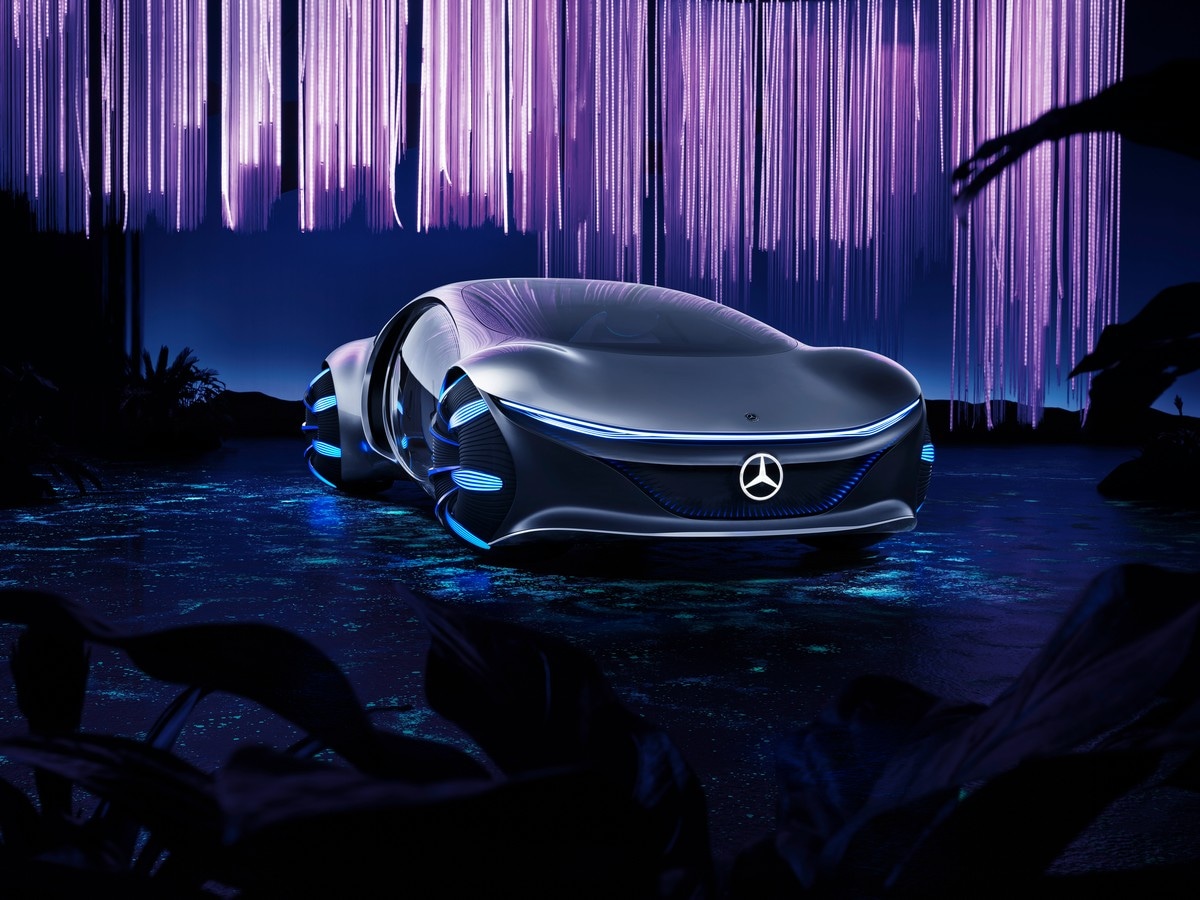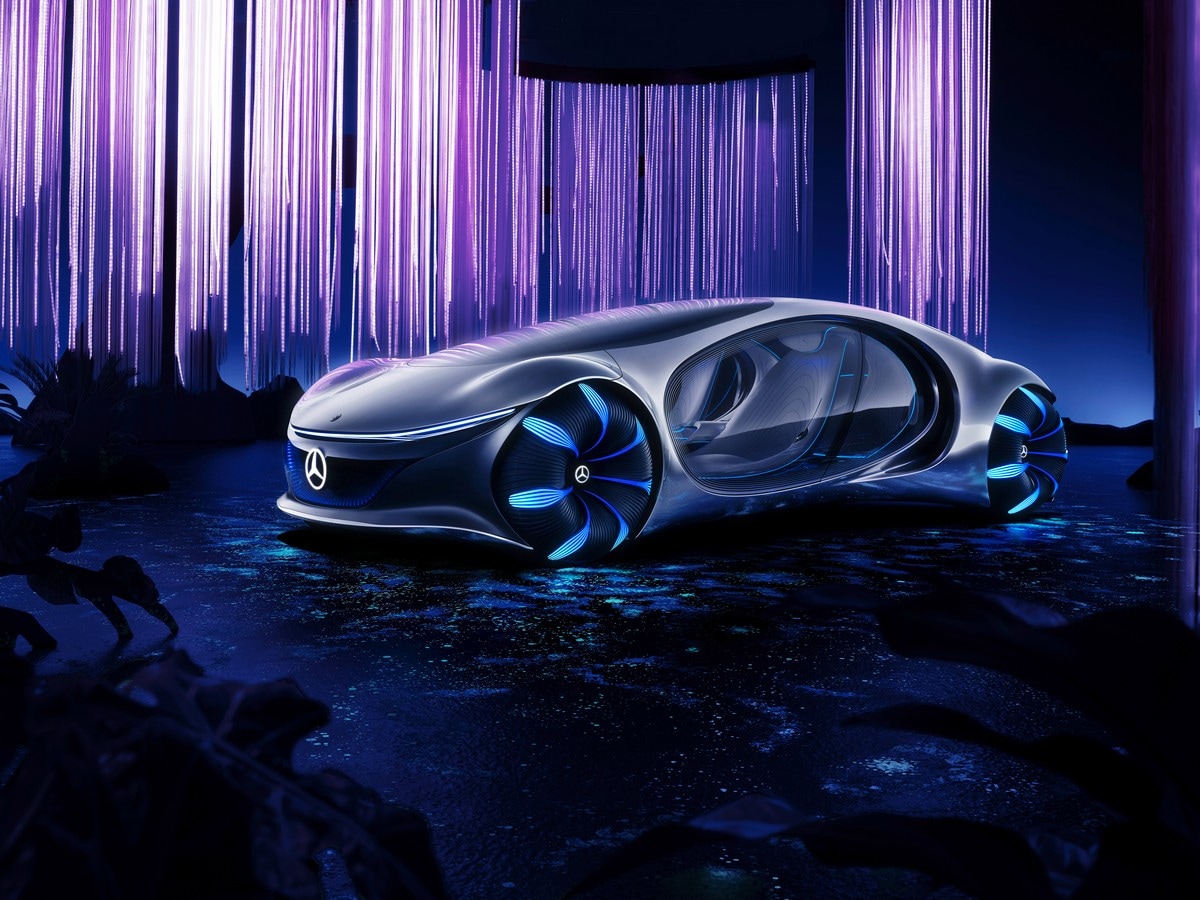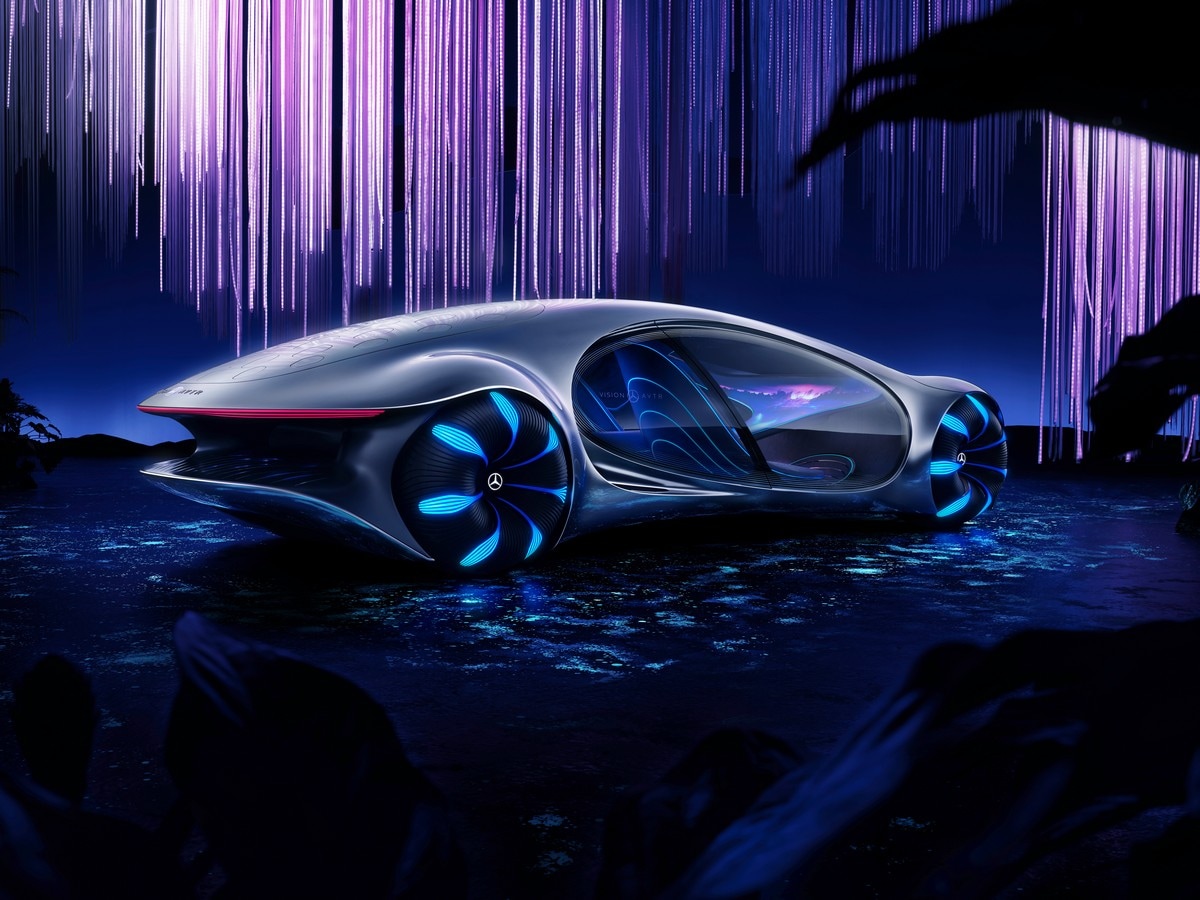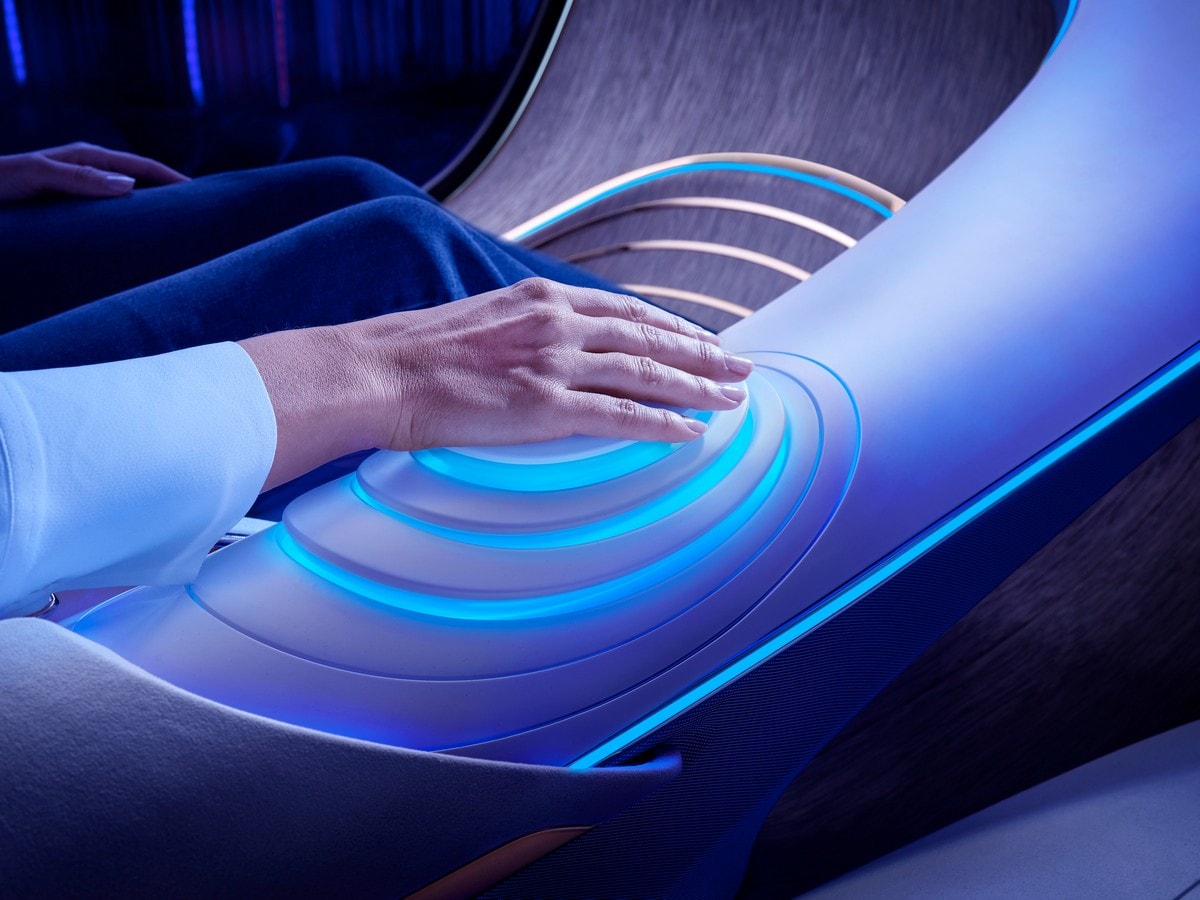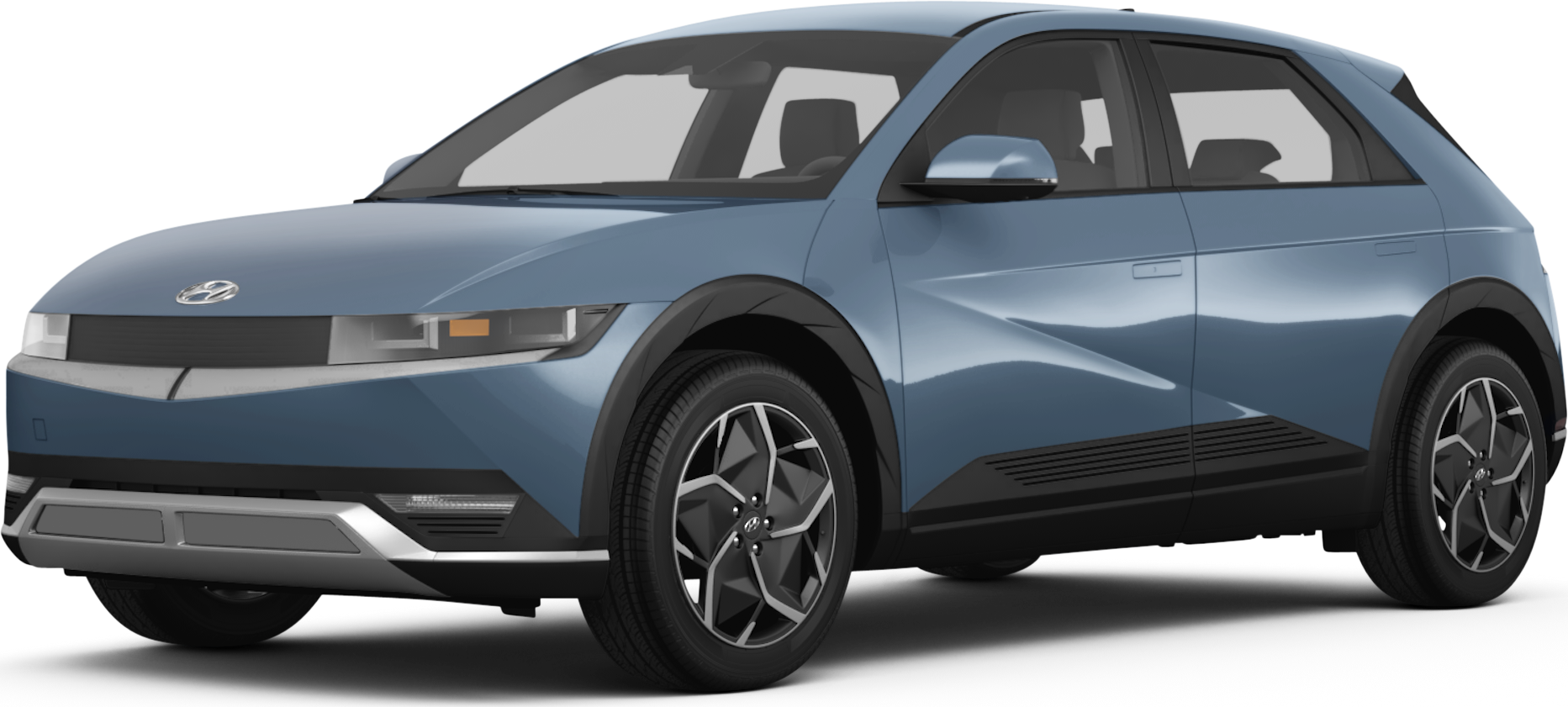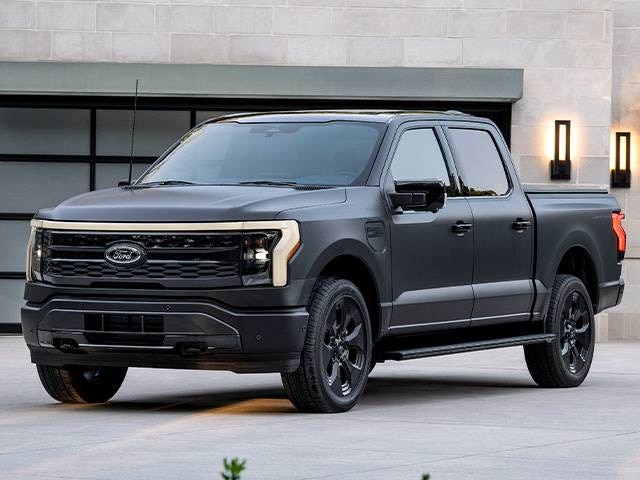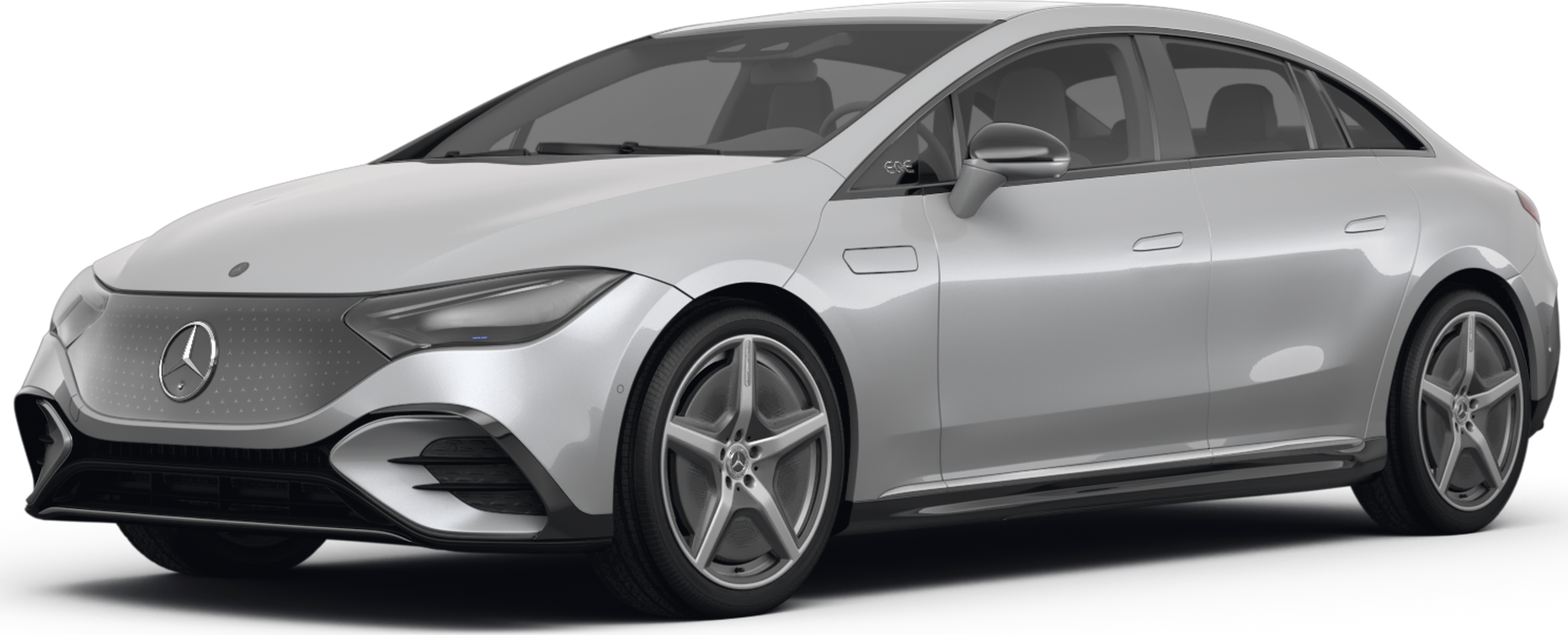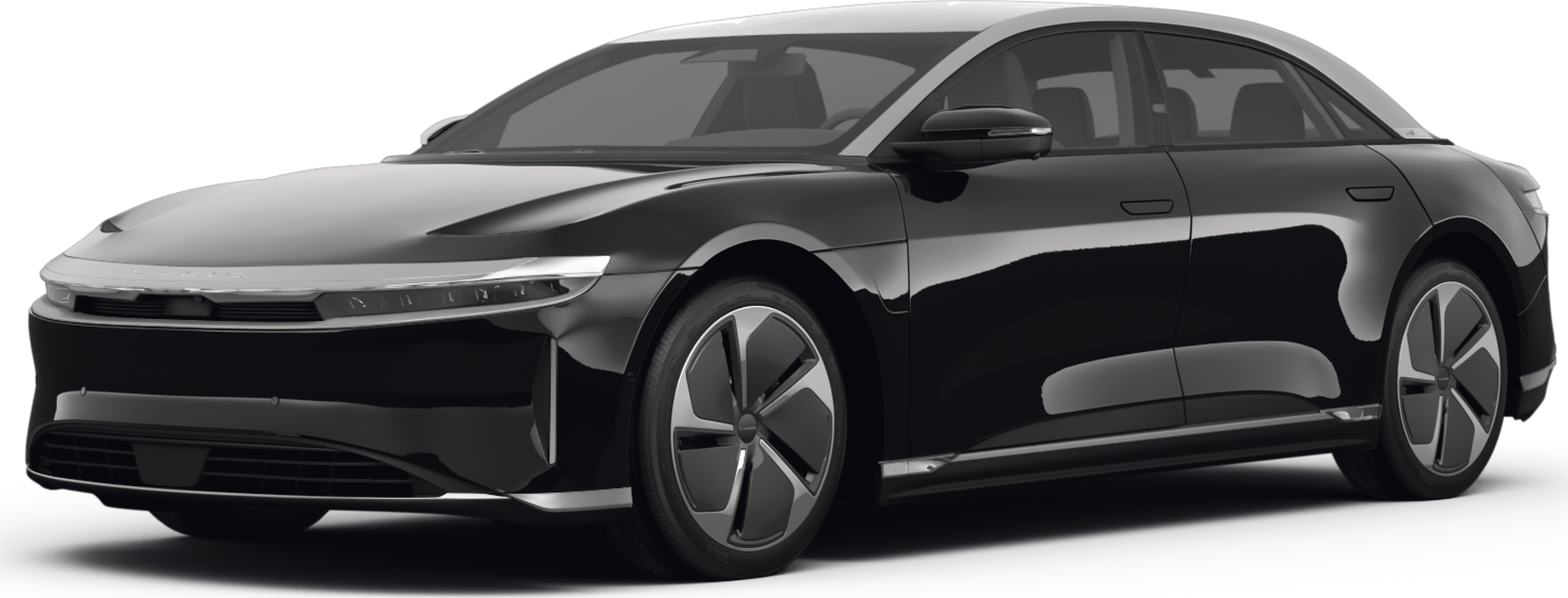- Inspired by the 2009 film “Avatar”
- Battery-electric powertrain making 469 horsepower
- 110-kWh battery pack provides 435 miles of range
- Joystick-like pad instead of steering wheel
- Concept not slated for production
At the festival of future tech that is the Consumer Electronics Show (CES), Mercedes-Benz rolled out a concept car inspired by science fiction. The Mercedes-Benz Vision AVTR is the fruit of a partnership between the automaker and James Cameron’s “Avatar” films—the 2009 original (which went on to become the year’s highest-grossing film) and the planned sequels. “AVTR” is said to stand for Advanced Vehicle Transformation, although the fact that it could be an abbreviation for “Avatar” is surely no coincidence.
“The Vision AVTR is a very untypical concept vehicle,” admits Daimler AG board member Markus Schafer, who describes the concept as “a mixture of science and creative speculation.” A theme of the movie, which takes place in the mid 22nd century, is the harmony between the Na’vi humanoid natives and their environment on Pandora. The idea of harmony with nature led Mercedes designers to organic shapes—there isn’t a straight edge to be found on the concept, and the back of the concept is adorned with 33 movable flaps that integrate solar panels.
Cocoon-like interior
Furthering the notion of a naturalistic machine, the doors are see-through, and open upwards. The interior is cocoon-like, and uses sustainable and vegan materials. The shape of the seats is said to be inspired by the leaf hammocks in the Home Tree in the movie. The seats feature eight “exciters” that vibrate to alert occupants to various information. The pulse of the front-seat passengers can be visually displayed as a flashing light in the seatbacks, to calm children in the rear seats, who also can gaze at a “Magic Pool” video display in the front seatbacks.
Echoing the novel way that the film’s Na’vi interact with their natural environment, the Vision AVTR posits a new and unique interaction between driver and passengers and vehicle. The AVTR has no steering wheel. Instead, the driver holds a hand over the center console, from which rises a pad-like element that the driver can operate like a joystick to control vehicle speed and direction. The entire dashboard is a curved 3D display. In place of physical buttons or switches, the AVTR uses gesture controls. Of course, there’s also an autonomous mode.
Four electric motors
Mechanically, the concept features four electric motors—one powering each wheel—with a total output of 469 horsepower. The battery technology is said to be based on graphene-based organic cell chemistry that allows the cells to be not just recyclable but compostable. They’re also free of rare-earth metals and with a high energy density. The battery pack’s capacity is approximately 110 kWh, and the claimed recharging time is just 15 minutes. Range is posited as 435 miles.
Introducing the concept at CES, Daimler chairman Ola Kallenius said, “The Vision AVTR is a show car and show cars are here to spark our imagination of what’s possible, just like good science fiction movies do.” Alexander Mankowsky, described as a “futurologist” at Mercedes-Benz, elaborates: “The Vision AVTR serves as an imaginative guide to a future in which our relationship with ourselves, nature and technology has changed.” In other words: Don’t expect to see the AVTR, or anything like it, in showrooms anytime soon. But the concept does provide a peek into how Mercedes-Benz thinks the idea of personal transport might evolve in the distant future.
